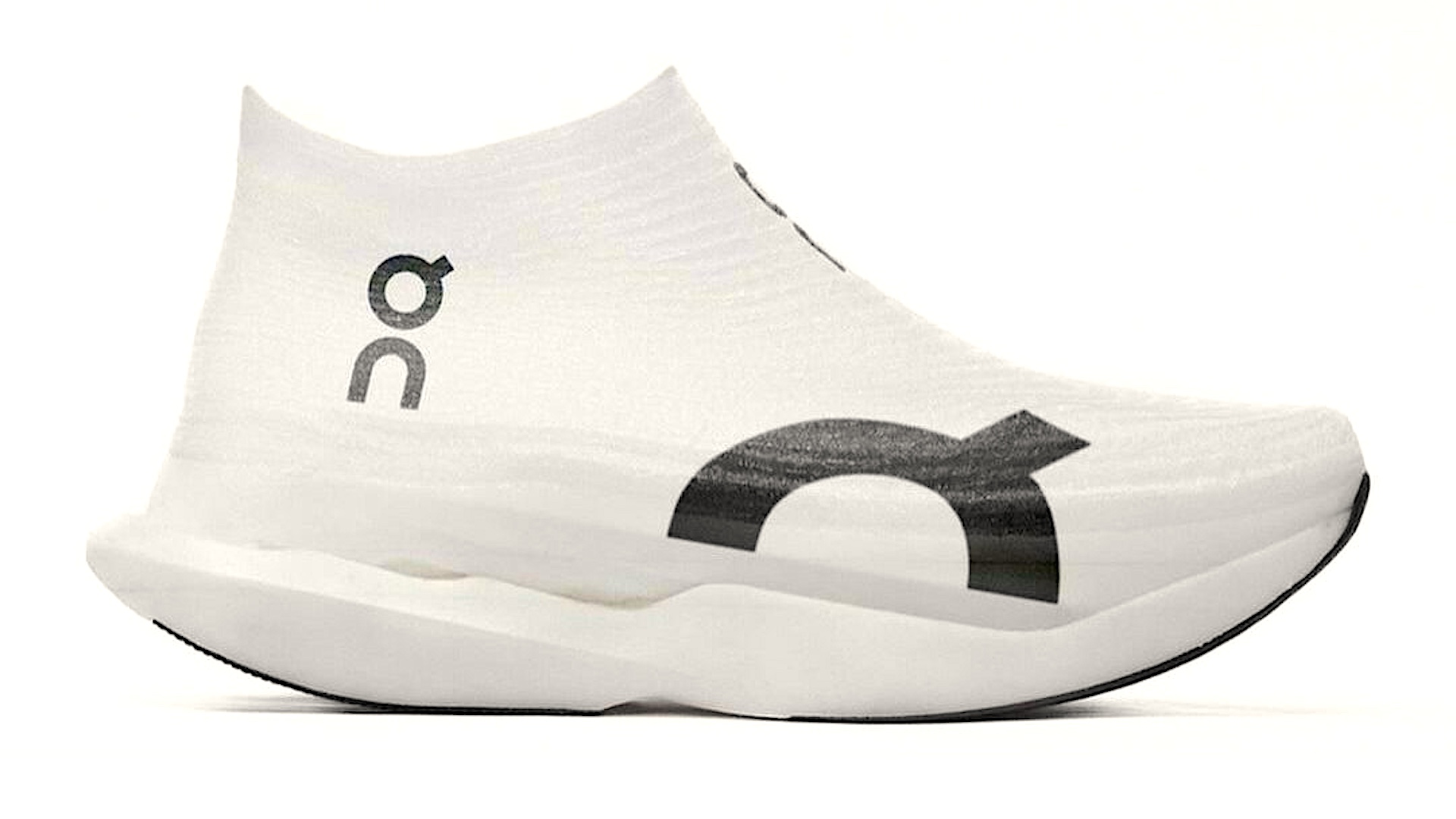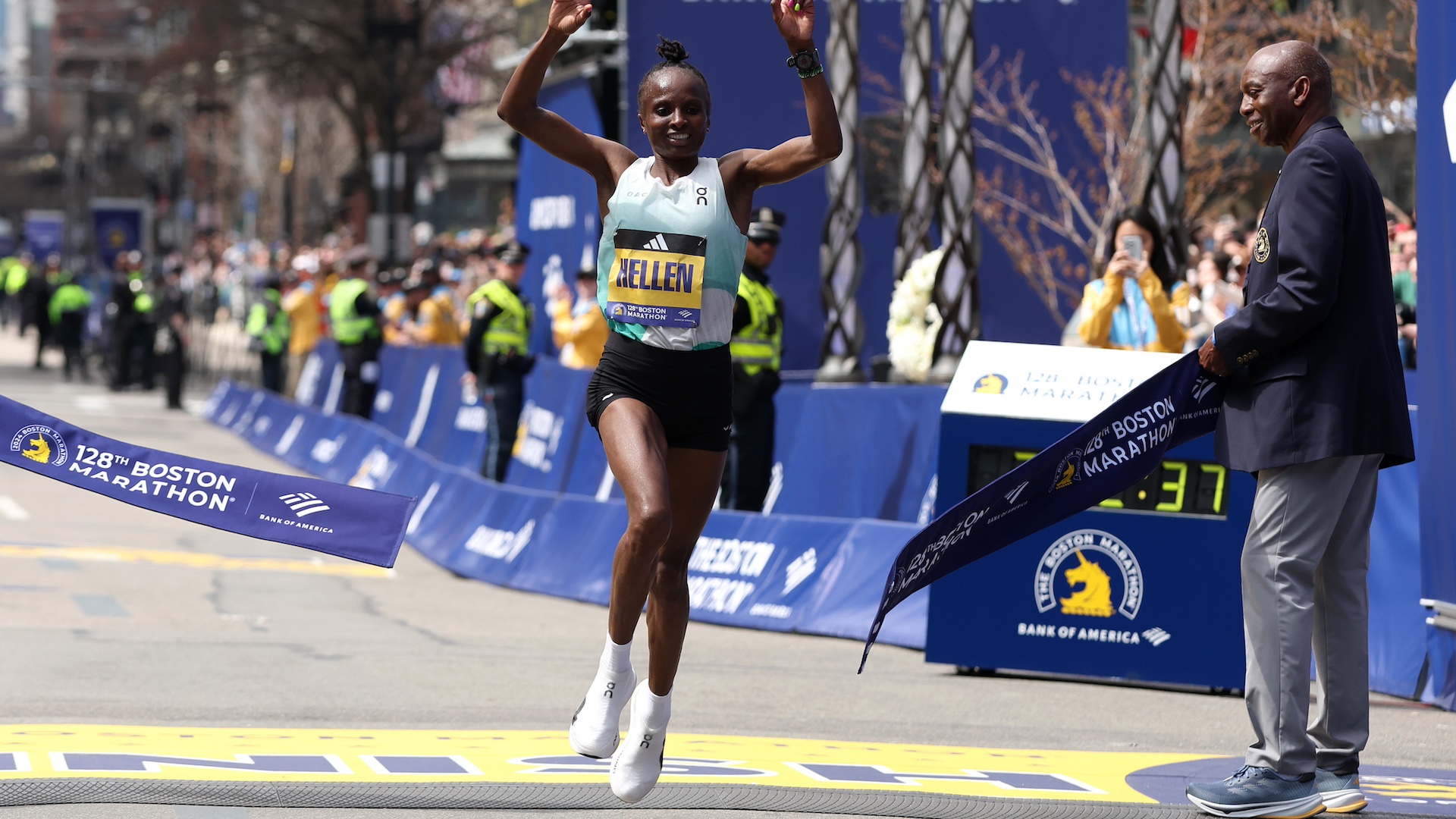On reveals more details about sci-fi-esque, 3D-printed running shoe that won Boston Marathon
The striking, laceless super shoe (and its laced partner) will be on sale to the general public later this year

When Kenya’s Hellen Obiri claimed victory at the Boston Marathon’s women’s race on Monday, she probably created more social media buzz about the running shoes she was wearing than the fact that she’d won it for the second consecutive year.
But then, they were some head-turning shoes, like something you’d expect Will Smith to be wearing in I, Robot (they certainly seemed to share some of the clean-lined, Apple-inspired robot aesthetics of that movie).
It was swiftly reported that they were some kind of laceless prototype from On, but now some more info has been gleaned about this striking running shoe [via Running magazine], including a close-up image posted on The Secret Shoe’s Instagram account (below).
A post shared by The Secret Shoe (@the_secret_shoe)
A photo posted by on
The shoes worn by Obiri were, according to The Secret Shoe, a prototype version of the On Cloudboom Strike, which boasts a revolutionary 3D-printed sock-fit laceless upper and a blended 3D-printed midsole infused with Helion hyperfoam, derived from Pebax, which provides increased bounce and responsiveness. The Cloudboom Strike also features a full-length carbon plate for unparalleled propulsion.
Also unusual is the Cloudboom’s high-top silhouette – which, along with its ankle-high compression-like sleeve and lack of laces – certainly makes it stand out. You just have to wonder how long they take to put on.

According to Running magazine, On will be equipping most of its athletes with Cloudboom Strikes in the coming months, and the shoes should be available for general sale to the public later this year (price to be announced, but with all that 3D printing and design innovation involved it’s almost certainly going to be pricey).
Some online commentators did wonder why Obiri was allowed to wear experimental shoes in the Marathon. After all, in 2020, World Athletics put a blanket ban on all running shoes not openly available to everyone in professional running. But less than eight months later, it tweaked the rules to allow for brand development shoes to be worn by athletes, but for no more than a 12-month development period, and not for the Olympics or World Championships (Olympians must wear footwear available to the general public).
All the latest inspiration, tips and guides to help you plan your next Advnture!
- The best sports bras for running 2024: for support and comfort
